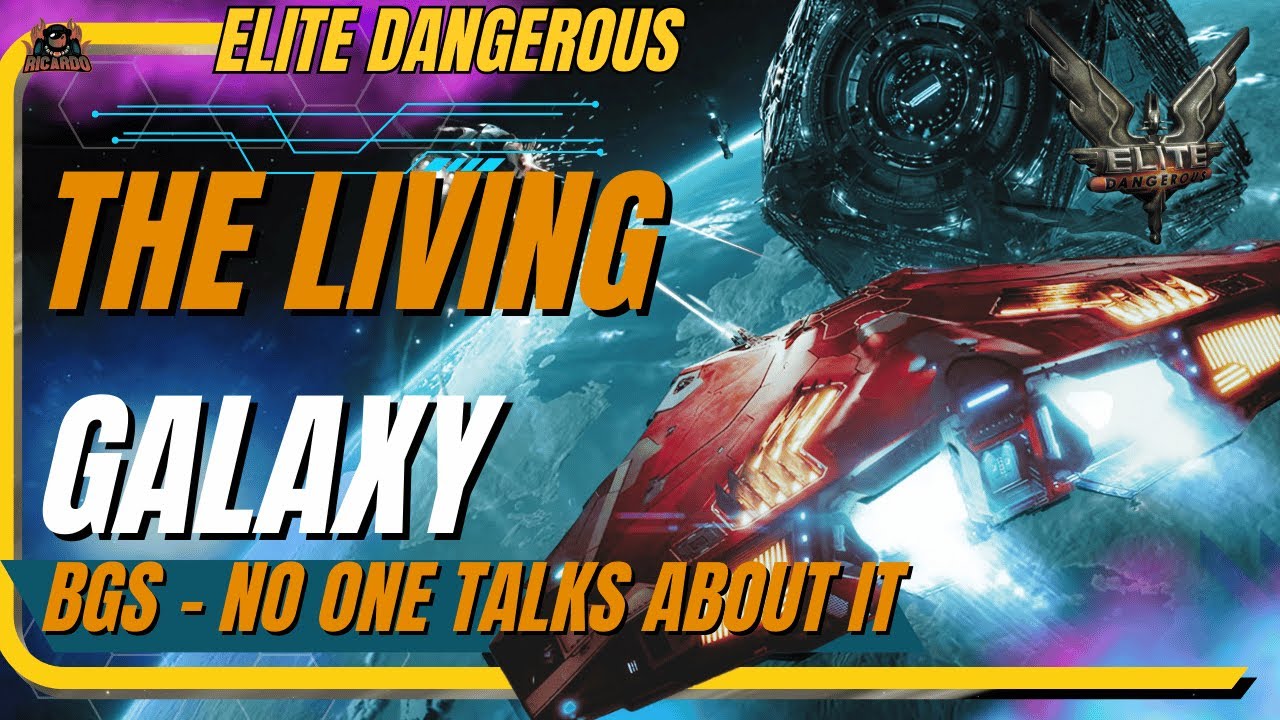The video reveals that Elite Dangerous’s hidden depth lies in its Background Simulation (BGS), a complex system that influences the galaxy’s political, economic, and social dynamics through faction interactions driven by player actions. Engaging with the BGS offers a strategic, long-term gameplay experience that transforms routine activities into meaningful contributions to the galaxy’s evolving landscape, yet it remains underutilized and misunderstood by many players.
The video emphasizes that Elite Dangerous is a highly immersive and realistic space simulation game with a steep learning curve, often leaving new players without clear guidance on its complex systems. Despite numerous guides and resources, much of the game’s depth, particularly the background simulation (BGS), remains underexplored and misunderstood. The BGS is a critical, yet often overlooked, mechanic that influences the galaxy’s political, economic, and social dynamics, making it a hidden layer of gameplay that can significantly impact a player’s experience.
The background simulation is driven by factions within each star system, whose influence levels fluctuate based on player actions such as trading, missions, combat, and illegal activities. These influence levels determine the political state of the system, affecting mission availability, commodity prices, NPC behavior, and more. Factions can grow or decline depending on how players interact with them, leading to states like boom, bust, civil unrest, or conflict. This creates a dynamic environment where the galaxy responds to individual and collective player activity in real-time, shaping the overall political landscape.
Players can influence the BGS by supporting or undermining factions through their actions, which can trigger conflicts, wars, or elections within systems. These conflicts often manifest as combat zones where players can choose sides and fight for control of stations or other facilities. The influence of factions and their government types (democracies, anarchies, dictatorships, etc.) also affects how conflicts unfold and how NPCs behave. Understanding and manipulating these mechanics allows players to participate in the ongoing political struggles, turning their gameplay into a strategic and collective effort to shape the galaxy.
The video highlights that working with the BGS is not necessarily about fast money but offers a deeper layer of engagement and purpose. Small groups and solo players can influence systems, especially in low-population areas, and even large-scale efforts can be managed with community tools like Inara, which provide detailed insights into faction states and opportunities. However, the BGS operates on a daily or weekly cycle, meaning players must exercise patience and strategic timing, as changes are not instant but gradually unfold over time.
Ultimately, the background simulation adds a rich, strategic dimension to Elite Dangerous, transforming routine activities into contributions that affect the galaxy’s political and economic landscape. It offers a rewarding experience for players interested in collective manipulation and long-term influence, making the game more than just a space-trading or combat simulator. By understanding and engaging with the BGS, players can find a more meaningful and immersive way to enjoy the game, making it arguably the most complex and underappreciated feature of Elite Dangerous.
